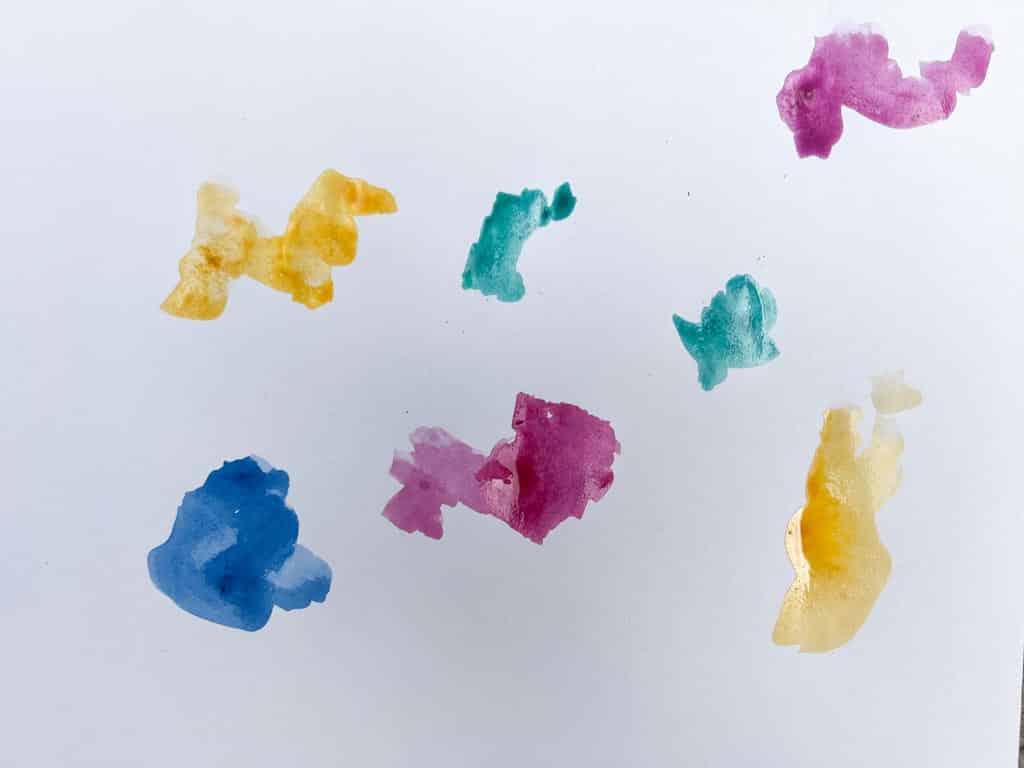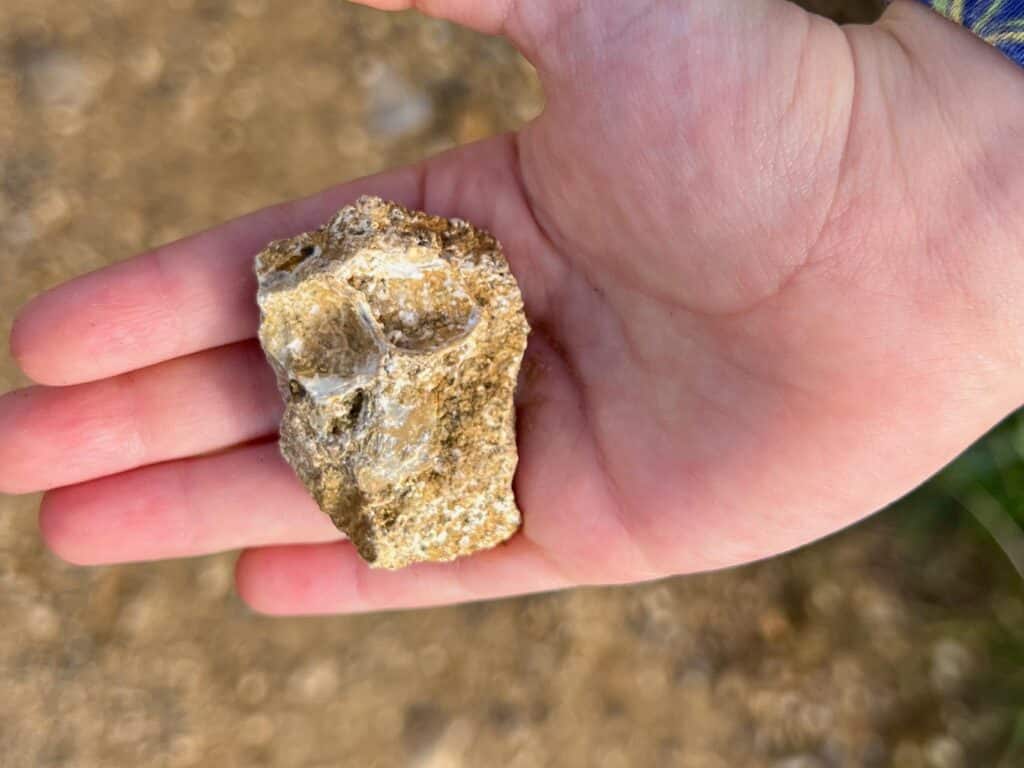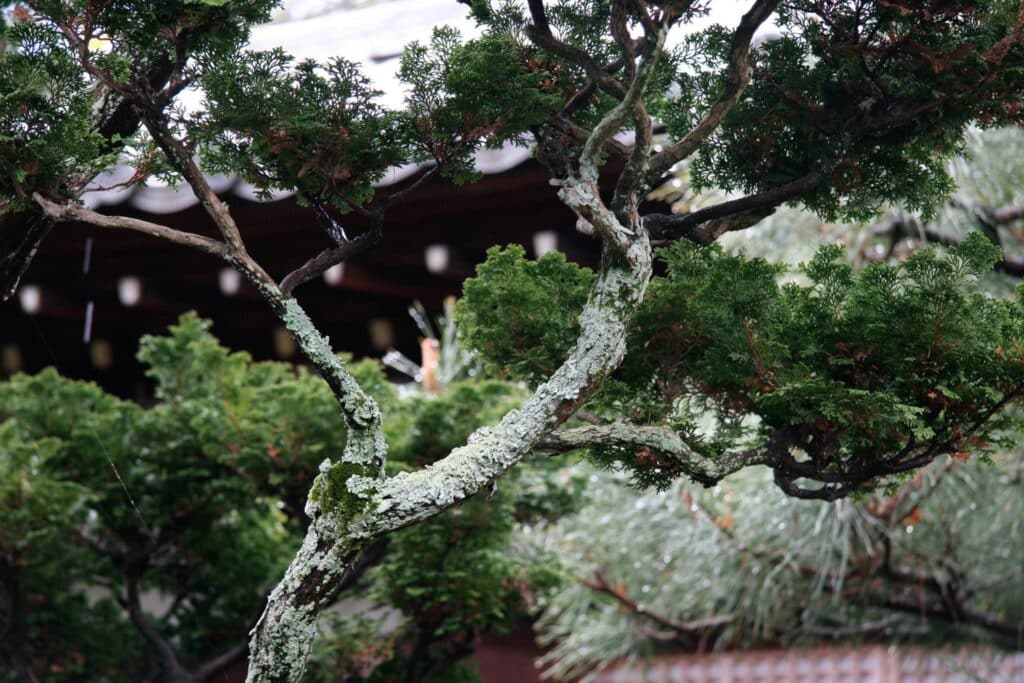When I was little, I used to like eating Coco Pops for breakfast. The chocolate-coated puffed rice would sometimes throw up some unusual shapes.
That one looks like a hippo!
This is something we humans have been doing since the beginning of time.
Can you see the face of a man?

Photo credit: Etan J. Tal
Pareidolia
This taps into a phenomenon known as pareidolia, the urge to find something recognisable amidst disorder.
We are designed to look for patterns. Our ancestors scanned the jungle vegetation for predators. We scan the street for people who ‘look’ dangerous.
It’s a survival mechanism.
This is what electrical sockets look like in Denmark.
Notice anything?

Photo credit: Bill Ebbesen
We are, erm, ‘wired’ to see faces. In fact, pareidolia is a subset of apophenia, the tendency to look for patterns in everything, not just the visual. For example, gamblers see patterns in numbers that aren’t there.
I’ve got heads five times in a row. It must be tails next.
Not so fast! The odds are still 50-50.
You can take pattern recognition too far, leading to cognitive bias.
But we aren’t worried about that. We’re just trying to have fun.
Hirameki
I took a sheet of paper and put a few splodges of watercolour on it.
So far, so uninteresting.

I took a black pen and drew some lines on it. To me it looked like a fish.
Then I gave it to my five-year-old.
Can you see anything you recognise on this page?
She got to work…

Ignoring the purple blob top right, we have two rows of three. Here’s what she came up with:
Top row: a dog, a candle, a ‘dinosaur’ fish (with jagged dinosaur spines on top);
Bottom row: A scaly fish, my fish, The Easter Rabbit holding a basket of eggs.
This is Hirameki. It means “flash of inspiration” in Japanese. This concept perfectly aligns with children’s natural desire to look for meaning.
Here’s a lovely book on the subject. We have a copy at home and it’s well used. Scroll down the linked page and click on the carousel to see some inspiring examples of what can be achieved.
The activities
Hirameki: Paint on paper or splash a little ink. Let it dry and then take a look. Add detail using a black pen.
Cloud gazing: Lie down and look up at the sky. What do you see?
Gather interesting stones. Back in prehistory, before our ancestors had the tools or even the idea of creating art, they were nevertheless able to see patterns in natural materials. These materials were precious to them so they picked them up. They are called manuports, meaning ‘taken’ by ‘hand’.
We know our ancestors carried these stones and treasured them because they were found miles from the rock from which they originated. They couldn’t have travelled to their resting place by natural means.
Here is a manuport. Does it remind you of anything? Of course it does.

Photo credit: Robert Bednarik
Go for a walk and look for stones. Perhaps you will see patterns in the stones you collect. The odds are that you won’t find anything especially exciting – objects like the Makapansgat cobble above are once-in-a-lifetime finds.
Or are they?
On a walk through Richmond Park, in less than five minutes, my children found this cast of characters:



Even if you don’t have the beginner’s luck that we did, if your stones are plain and unexciting, you can decorate them. Look for inspiration in the shape of the stone, like the hirameki.
Do you have a thick set of paints? Or even some Sharpies? You can always buy a rock painting kit if your paints aren’t up to the job.
What do your stones remind you of? A face? A dog? A car? Draw or paint the details.
On your nature walk, why not look out for other interesting objects? A log that looks like a crocodile. Two knots on a tree trunk that look like eyes.
Final word
Looking for patterns is an essential skill. We do it to recognise letters and numbers, friends and foes.
Give Hirameki a go. It will encourage your child to observe closely, look for patterns and respond creatively.
And it’s great fun.



